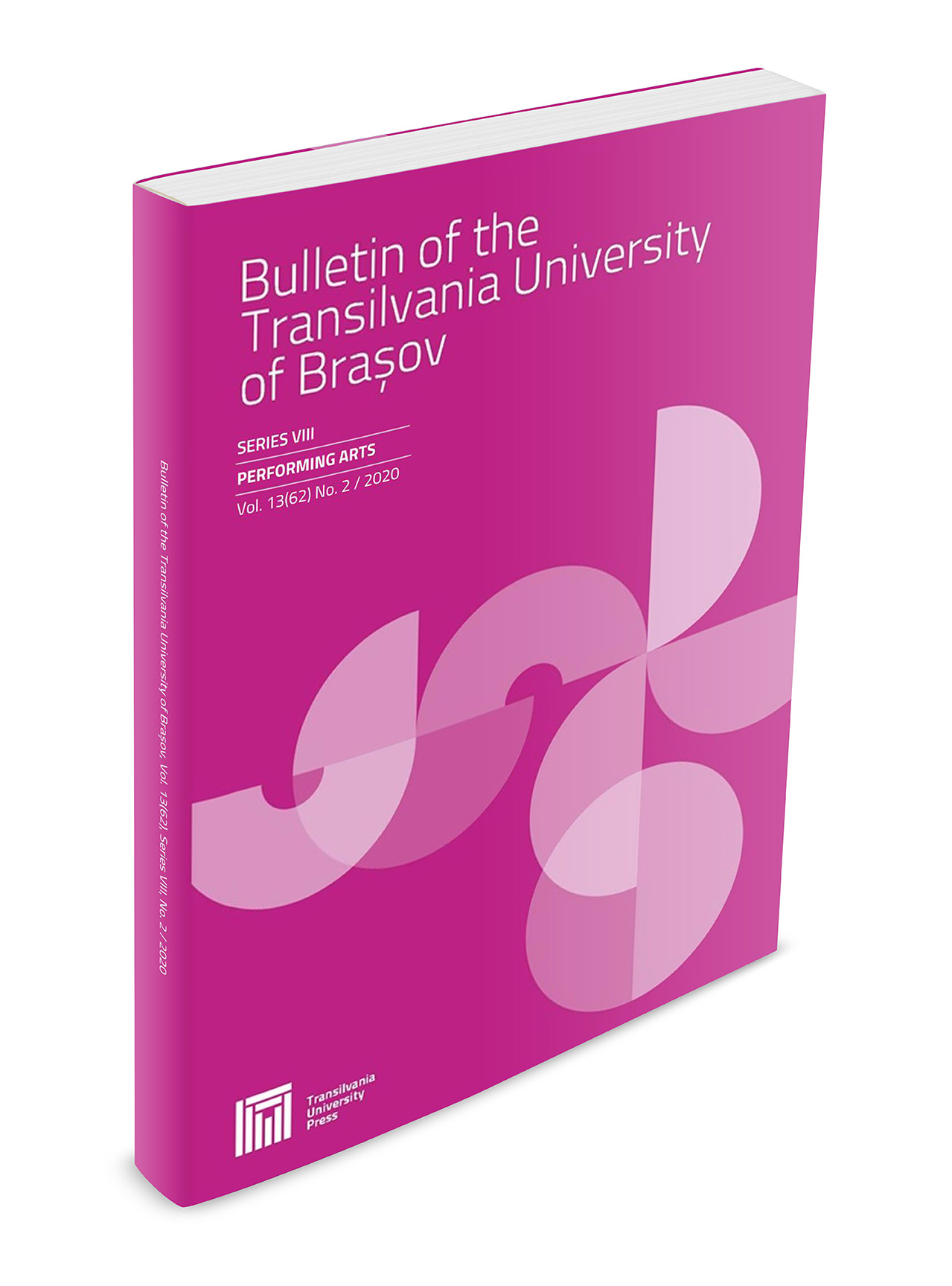Modalities of transcribing the folk-musical repertoire for violin
Keywords:
transcription, rhythm, violin, notationAbstract
The article entitled “Modalities of transcribing the folk-musical repertoire for violin” is structured into three chapters that discuss in detail the subject of transcribing a folk musical text. Transcription, a fundamental element of ethnomusicological research, has as its primary objective the graphics rendering of the rhythm, melodicism, and stylistic peculiarities that instrumental folklore implies. Despite it being central to the methods of musical discourse analysis, the transcription operation is in complete interdependence with the transcriber, whose judgment is often required to decide. Transcribing and providing notes are complex matters that often represent the difference between the dynamic of the instinctive, rudimentary interpretation of the waiter and what strikes the paper as a written substitute for the song. The question the raises uncertainty refers to the level of difficulty that the transcription should be made. It is assumed that any transcription should extract the musical meaning and not induce it. Musical folklore has faced the problem of finding a unifying notation principle so that melodies could be melodically differentiated easily. The patterns of mono-centration and major-minor dichotomy, already used by ethnomusicologists, have made a significant contribution to the notation of folk songs. The transcriptor's specialized training and knowledge can significantly influence the notation when it tackles asymmetric rhythms, ornamentation, and stylistic elements specific to the country musician’s interpretation.Downloads
Published
Issue
Section
License
Copyright (c) 2018 Bulletin of the Transilvania University of Braşov. Series VIII: Performing Arts

This work is licensed under a Creative Commons Attribution 4.0 International License.




